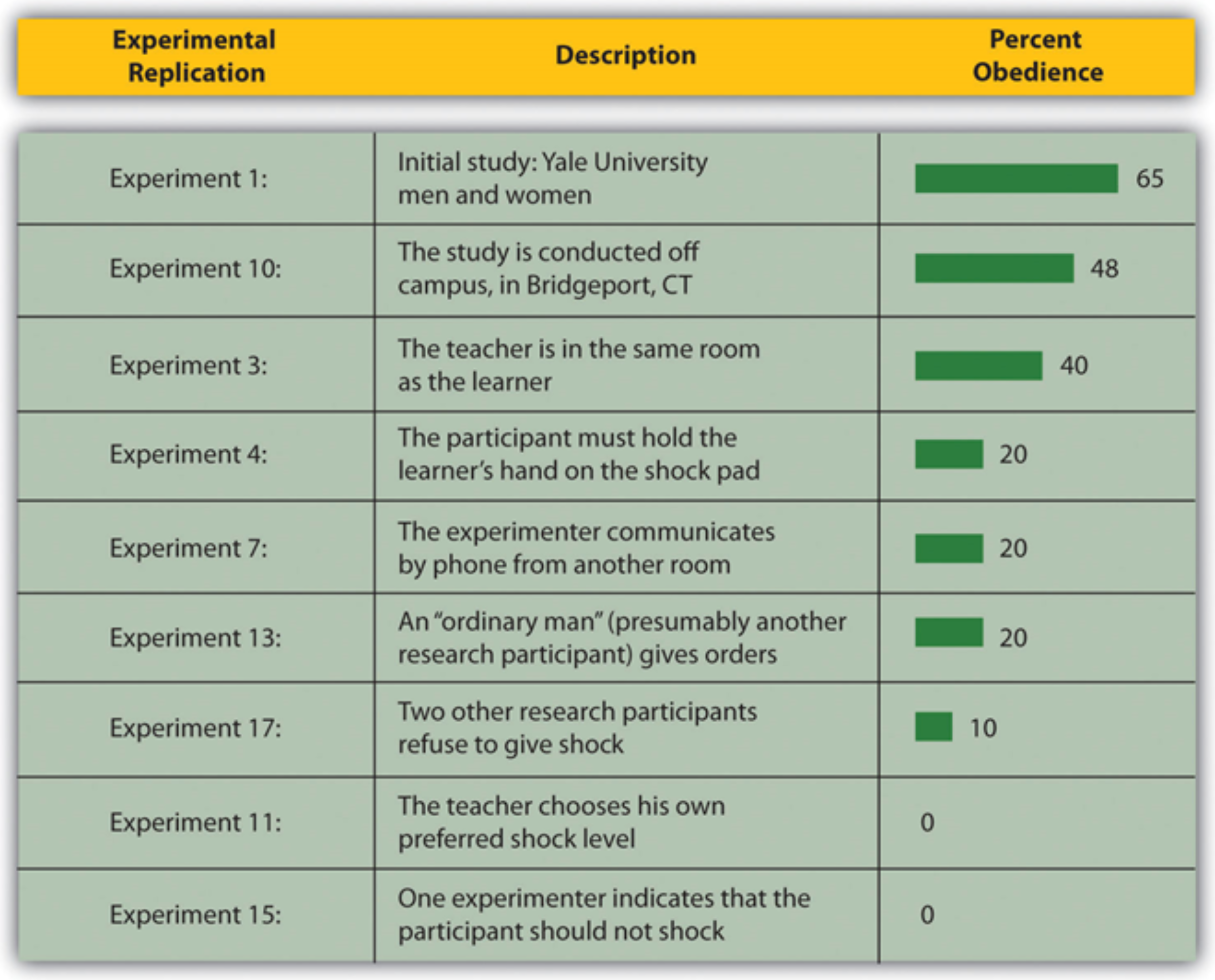Lecture Slides
Video Lecture (from 2019)
Concepts
Classical Experimental design
Independent variable
Dependent variable
Random assignment
Pretest
Posttest
Experimental group
Control group
Key Concepts:
Double-blind experiment
Confederates
Placebo
Deception
Debrief
Types of experiments:
Classical experimental design
True experiment
Quasi-experiment
One-shot case study
Natural experiment
Field experiment
Validity:
Internal validity
External validity
Variable:
Conceptual
Operational
Random Assignment
Random assignment = Using a mathematically random process to sort participants into two or more groups.
E.g. Flip a coin to assign to groups
Matching cases = An alternative to random assignment, where for every participant in experimental group, another participant is found for control group with almost identical characteristics
E.g. Create two groups of countries: one with minimum wage, one without. Use matching to make sure each case is matched with a case with similar GDP per capita.
The classical experimental design
The classical experimental design includes:
- Independent variable = treatment (cause)
- Dependent variable = outcome (effect)
- Pretest = A measurement of the dependent variable before introducing the independent variable
- Posttest = A measurement of the dependent variable after introducing the independent variable
- Experimental group = a group that receives the independent variable (or receives a higher level of it)
- Control group = a group that does not receive the independent variable (or receives a lower level of it)
- Random assignment = mathematically random assignment to control or experimental group.
